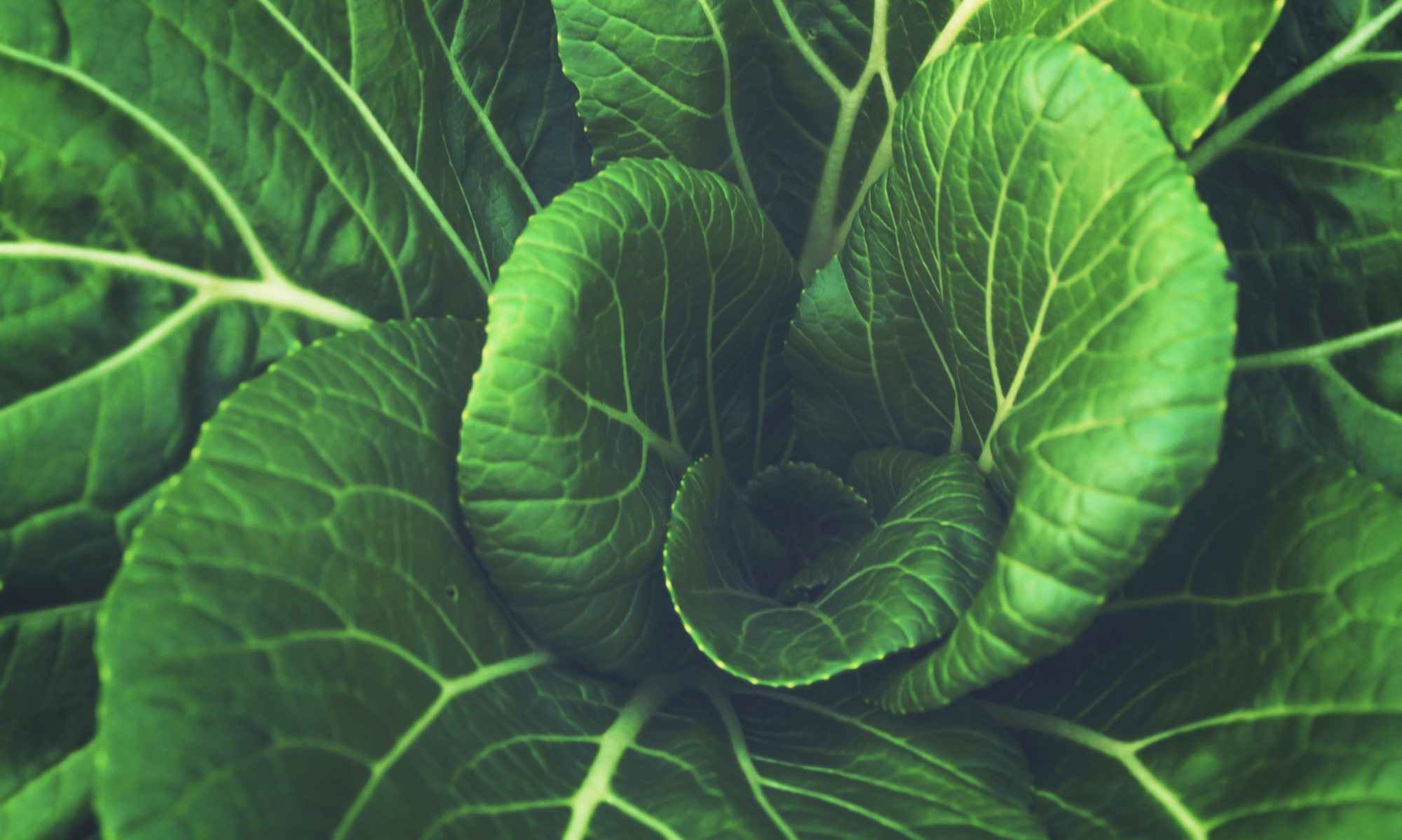Natural Food Regulation
Now that we have taken an example, let’s break down the different mechanisms the body uses to stop us from eating too much food:
- Stretch Receptors: Our stomach is very sensitive to external signals. Thus, when our stomach fills up, it stretches. Then, stomach nerves send signals to the brain telling it to make us feel full. Now, think about our evolutionary diet filled with leafy foods. How much salad can you eat before you cannot finish it? Not much, because the fiber in the leaves expands as it absorbs stomach water.
On the other hand, consider a Pop-Tart. How many Pop-Tarts can you eat before you feel full? You might say not much, but even if you eat one biscuit, you have consumed more sugar than you ever could just eating salad. To make matters worse, the Pop-Tart is filled with flour and table sugar, essentially slamming your liver with toxic doses of sugar. - Incretins: Our bodies also have signaling pathways that indicate that food is coming. A signaling pathway known as the incretin pathway senses protein in the stomach and raises insulin in preparation for absorbing amino acids. In addition, activation of these receptors makes you feel full, explaining why meat is so filling.
The incretin pathway also senses sugar in your stomach and tells the body to raise insulin even before the sugar hits the blood. The problem? Incretins also bind to sweeteners. This means that eating diet foods results in a very similar spike in insulin compared to a non-diet alternative. This spike will not make you gain fat, but it will raise your body set weight. Thus, when you finally eat anything, your body will be primed to store fat instead of using the energy. - Cholecystokinin (CKK): When you eat foods dense in fat, the CKK pathway sends fullness signals to the brain. I challenge you to eat a stick of full fat butter. I bet that if you finish it, you will be incredibly full. This is because the body knows that a ½ cup of fat has tons of energy and if it allows more food to come in, the body is not equipped to handle it. Again, the body knows what it needs as long as the food coming in is what we evolved with.
Even healthy foods like meats are subject to processing, although to a much lesser degree. By only eating muscle meat, our bodies raise insulin way more than if we consumed organ meats as well. This is simply due to the fact that we evolved eating entire animals, not just the muscle.
Processing and Confusion
Now we can see why processed, industrial foods let us get so fat: we have removed almost every fullness signal naturally present in food, short circuiting the physiology of insulin along with all the other hormones we mentioned. Think about a large cup of soda; no matter what you ate before it, you can easily drink down that cup. The body does not know how to make you not drink it, since we did not evolve with soda. As a result, most people are force feeding their bodies way more than they think and that is breaking the biochemical pathways that keep us healthy.
Conclusion
One thing becomes clear after understanding the physiology of insulin. Losing weight is not a caloric problem. It is an energy distribution problem. When there are elevated levels of insulin, the body is unable to burn the fat it has stored, leading to an energy crisis. Therefore, the best way to lose fat is to lower insulin so that the body may urn off the fat it has stored. In the next post, we will discuss the most obvious and effective way to lower insulin and lose fat to lower the body set weight: fasting.


